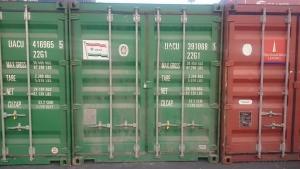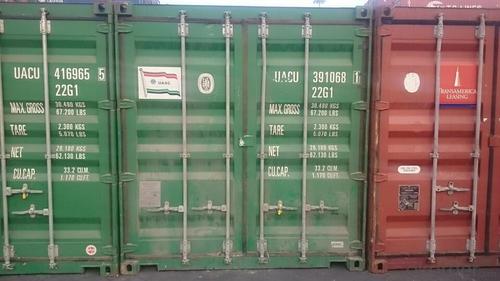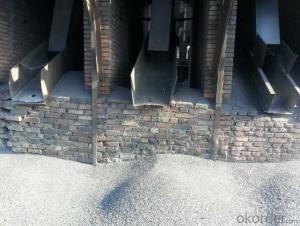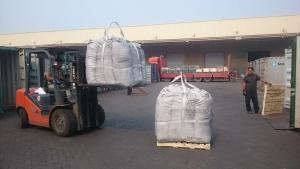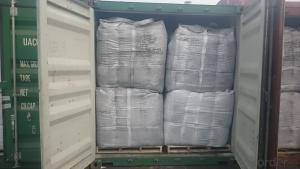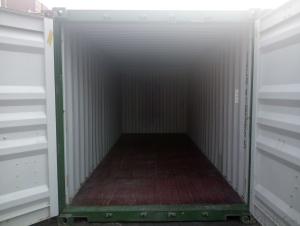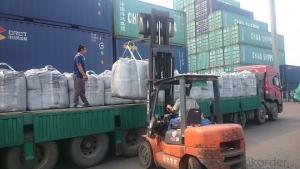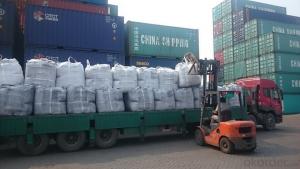Used in EAF as Charge Coke for Foundry plants with FC 95%min
- Loading Port:
- Tianjin
- Payment Terms:
- TT OR LC
- Min Order Qty:
- 21 m.t.
- Supply Capability:
- 6000 m.t./month
OKorder Service Pledge
OKorder Financial Service
You Might Also Like
Introduction:
Calcined anthracite can be called carbon additive, carbon raiser, recarburizer, injection coke, charging coke, gas calcined anthracite.
Carbon Additive/Calcined Anthracite Coal may substitute massively refinery coke or graphite. Meanwhile its cost is much less than the refinery coke and graphite. Carbon Additive is mainly used in electric steel ovens, water filtering, rust removal in shipbuilding and production of carbon material.
It has good characteristics with low ash, low resistivity, low sulphur, high carbon and high density. It is the best material for high quality carbon products. It is used as carbon additive in steel industry or fuel.
Features:
Best quality Taixi anthracite as raw materials through high temperature calcined at 800-1200 ℃ by the DC electric calciner with results in eliminating the moisture and volatile matter from Anthracite efficiently, improving the density and the electric conductivity and strengthening the mechanical strength and anti-oxidation, It has good characteristics with low ash, low resistivity, low carbon and high density. It is the best material for high quality carbon products, it is used as carbon additive in steel industry or fuel.
Specifications:
F.C.% | 95MIN | 94MIN | 93MIN | 92MIN | 90MIN | 85MIN | 84MIN |
ASH % | 4MAX | 5MAX | 6 MAX | 6.5MAX | 8.5MAX | 12MAX | 13MAX |
V.M.% | 1 MAX | 1MAX | 1.0MAX | 1.5MAX | 1.5MAX | 3 MAX | 3 MAX |
SULFUR % | 0.3MAX | 0.3MAX | 0.3MAX | 0.35MAX | 0.35MAX | 0.5MAX | 0.5MAX |
MOISTURE % | 0.5MAX | 0.5MAX | 0.5MAX | 0.5MAX | 0.5MAX | 1MAX | 1MAX |
Pictures
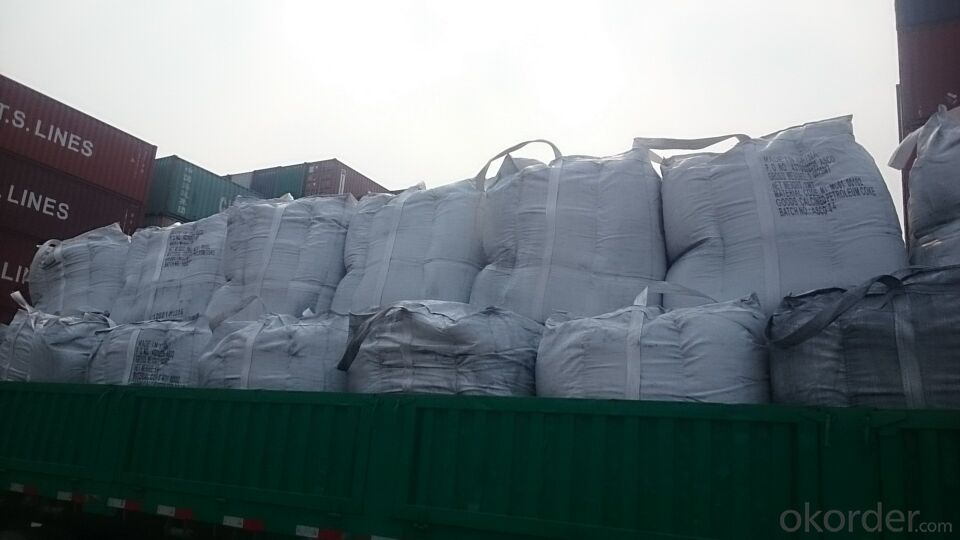
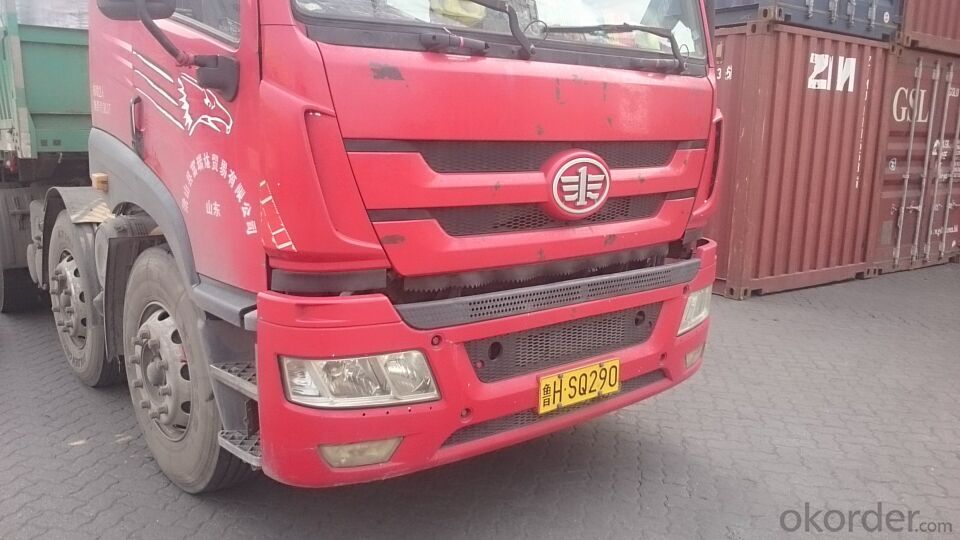
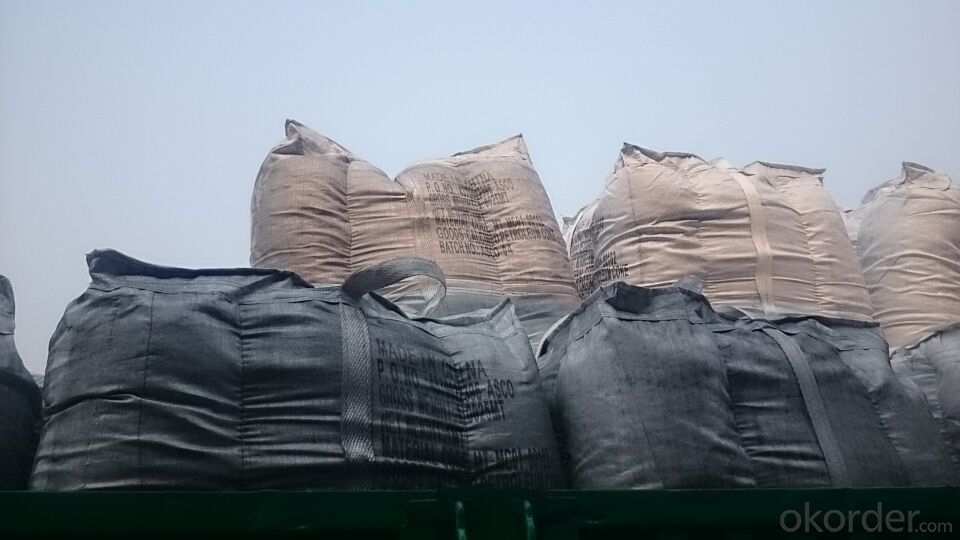
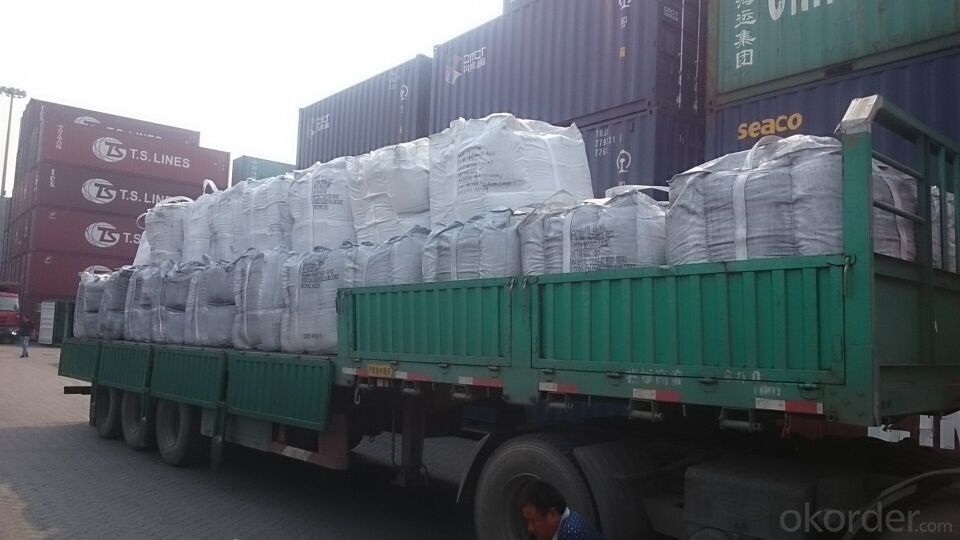
FAQ:
Packing:
(1). Waterproof jumbo bags: 800kgs~1100kgs/ bag according to different grain sizes;
(2). Waterproof PP woven bags / Paper bags: 5kg / 7.5kg / 12.5kg / 20kg / 25kg / 30kg / 50kg small bags;
(3). Small bags into jumbo bags: waterproof PP woven bags / paper bags in 800kg ~1100kg jumbo bags.
Payment terms
20% down payment and 80% against copy of B/L.
Workable LC at sight,
- Q: How does carbon impact the stability of desert ecosystems?
- Carbon can have both positive and negative impacts on the stability of desert ecosystems. On one hand, carbon is an essential element for all living organisms and is a key component of organic matter. It plays a crucial role in the processes of photosynthesis, respiration, and decomposition, which are vital for the survival and growth of plants and other organisms in deserts. Carbon dioxide, a form of carbon, is taken in by plants during photosynthesis to produce glucose and oxygen, providing the necessary energy for their growth. This promotes the stability of desert ecosystems by supporting primary productivity and the food web. However, the excessive release of carbon into the atmosphere, primarily through human activities such as burning fossil fuels and deforestation, has led to an increase in greenhouse gases, including carbon dioxide. This leads to global warming and climate change, which have significant negative impacts on desert ecosystems. Rising temperatures can alter the delicate balance of desert ecosystems, affecting the distribution and abundance of plant and animal species. Some plants may struggle to adapt to the changing climate, while others may benefit, leading to shifts in species composition and potential loss of biodiversity. Moreover, increased carbon dioxide levels can also affect the water availability in desert ecosystems. Elevated carbon dioxide levels can result in increased water-use efficiency in plants, allowing them to conserve water. This can be beneficial in water-limited environments like deserts, as it helps plants to survive under drought conditions. However, this can also lead to changes in water dynamics, impacting the availability of water resources for other organisms in the ecosystem. In summary, carbon is essential for the stability of desert ecosystems as it supports primary productivity and the functioning of food webs. However, the excessive release of carbon into the atmosphere contributes to climate change, which negatively impacts desert ecosystems by altering species distribution, reducing biodiversity, and affecting water availability. It is crucial to mitigate carbon emissions and promote sustainable practices to ensure the long-term stability and resilience of desert ecosystems.
- Q: How is carbon used in the production of carbon nanomaterials?
- Carbon is essential in creating carbon nanomaterials due to its role as the foundation for their distinct structure and properties. Various techniques are employed to manufacture carbon nanomaterials, including carbon nanotubes and graphene, all of which rely on manipulating and organizing carbon atoms. One commonly used method for producing carbon nanomaterials is chemical vapor deposition (CVD). In this process, a carbon-containing gas, such as methane or ethylene, is introduced into a high-temperature furnace. Within the furnace, the gas decomposes, releasing carbon atoms. Subsequently, these carbon atoms reform and create nanoscale structures, like carbon nanotubes or graphene, on a substrate or catalyst material. Another approach involves vaporizing carbon-containing compounds, such as carbon black or graphite, through techniques like laser ablation or arc discharge. The vaporized carbon then undergoes condensation and solidification, resulting in carbon nanomaterials with specific structures and properties. Both methods allow for precise manipulation of carbon atoms by controlling temperature, pressure, and the presence of catalysts or additives. This manipulation leads to the desired carbon nanomaterials, which possess exceptional mechanical, electrical, and thermal properties due to the unique arrangement of carbon atoms, such as the hexagonal lattice structure of graphene or the cylindrical structure of carbon nanotubes. In conclusion, carbon is a crucial element in carbon nanomaterial production, providing the necessary atoms and influencing their structure and properties. Understanding and controlling carbon's behavior at the atomic level empower scientists and engineers to develop nanomaterials with diverse applications, ranging from electronics and energy storage to medicine and environmental remediation.
- Q: What is carbon fixation in biology?
- Carbon fixation is the process by which carbon dioxide from the atmosphere is converted into organic compounds by plants, algae, and some bacteria. This process is crucial for the production of organic matter and the maintenance of a stable carbon cycle on Earth.
- Q: How does carbon impact the ozone layer?
- Carbon does not directly impact the ozone layer. However, certain carbon compounds, such as chlorofluorocarbons (CFCs), can contribute to ozone depletion when released into the atmosphere.
- Q: How does carbon impact the stability of ecosystems?
- Ecosystem stability heavily relies on the presence of carbon, an indispensable element. Carbon exerts various influences on ecosystems, both directly and indirectly. To begin with, carbon serves as a vital constituent of all living organisms. It plays a pivotal role in the formation of organic compounds like carbohydrates, proteins, and lipids, which are essential for the growth and development of plants and animals. Through the process of photosynthesis, carbon dioxide is converted into glucose by plants, providing organisms with energy. This energy is then transferred through the food chain, sustaining the entire ecosystem. Consequently, the availability of carbon directly affects the productivity and stability of ecosystems. Additionally, carbon dioxide (CO2), a greenhouse gas naturally existing in the Earth's atmosphere, plays a crucial part in regulating the planet's temperature by trapping heat and preventing its escape into space. However, human activities, notably the combustion of fossil fuels, have substantially elevated the concentration of CO2 in the atmosphere, resulting in global warming. This rapid increase in carbon emissions has led to climate change, which poses severe repercussions for ecosystems. Climate change manifests various impacts on ecosystems. As temperatures rise, the distribution and behavior of species are altered, causing changes in their habitats and migration patterns. Consequently, some species may face challenges in adapting, disrupting predator-prey relationships and overall biodiversity within ecosystems. Moreover, climate change can trigger extreme weather events such as hurricanes, droughts, and floods, which can devastate ecosystems. These events disturb resource availability, destroy habitats, and even contribute to the extinction of certain species. Furthermore, heightened levels of carbon dioxide in the atmosphere have resulted in ocean acidification. When CO2 dissolves in seawater, it creates carbonic acid, reducing the ocean's pH level. This acidification negatively impacts marine organisms such as corals, shellfish, and other calcium carbonate-dependent organisms. The diminished availability of carbonate ions in the ocean hampers the formation and maintenance of their structures, ultimately affecting the stability of marine ecosystems. In conclusion, carbon significantly influences ecosystem stability. Its availability and concentration directly impact productivity and energy flow within ecosystems. Moreover, human-induced carbon emissions have triggered climate change and ocean acidification, posing substantial threats to ecosystem balance and functioning. Therefore, comprehending and managing carbon levels in the environment is crucial for preserving the stability and sustainability of ecosystems.
- Q: How does carbon affect the formation of earthquakes?
- Carbon does not directly affect the formation of earthquakes. Earthquakes are primarily caused by the movement of tectonic plates, which are large sections of the Earth's crust that float on the semi-fluid layer below. These plates can collide, slide past each other, or move apart, causing stress to build up along the plate boundaries. When the stress becomes too great, it is released in the form of an earthquake. However, carbon can indirectly impact the occurrence of earthquakes through its role in the Earth's carbon cycle and its contribution to climate change. Carbon dioxide (CO2) is a greenhouse gas that is released into the atmosphere through various human activities, such as burning fossil fuels. This excess CO2 in the atmosphere leads to global warming and climate change. Climate change can have several effects on the Earth's crust, some of which may indirectly influence seismic activity. For example, the melting of glaciers and polar ice caps due to global warming can lead to changes in the distribution of mass on the Earth's surface. This redistribution of mass can cause the Earth's crust to adjust, leading to increased stress along fault lines and potentially triggering earthquakes. Additionally, changes in precipitation patterns and the hydrological cycle caused by climate change can affect groundwater levels and pore pressure within rocks. These changes in water content can alter the strength and stability of fault lines, potentially making them more prone to slipping and causing earthquakes. It is important to note that the direct impact of carbon on earthquake formation is minimal compared to the primary factors such as plate tectonics. However, the relationship between carbon emissions, climate change, and seismic activity is an area of ongoing research and scientific investigation.
- Q: What is carbon offsetting in the food industry?
- Carbon offsetting in the food industry refers to the practice of reducing or compensating for the greenhouse gas emissions produced throughout the food supply chain, from production to consumption. This is typically done by investing in projects that reduce emissions elsewhere, such as renewable energy projects or reforestation initiatives, to balance out the carbon footprint associated with food production and consumption.
- Q: What are the consequences of increased carbon emissions on human migration patterns?
- Increased carbon emissions have significant consequences on human migration patterns. One of the most prominent effects is the exacerbation of climate change, leading to more frequent and intense natural disasters such as hurricanes, floods, and droughts. These extreme weather events can devastate communities, destroy infrastructure, and disrupt livelihoods, forcing people to migrate in search of safer and more stable environments. Rising sea levels, another consequence of carbon emissions, pose a significant threat to coastal regions and island nations. As sea levels continue to rise, low-lying areas become more prone to flooding and coastal erosion, making them uninhabitable. This displacement of populations, commonly referred to as climate refugees, can lead to mass migrations, putting additional strain on resources and infrastructure in destination areas. Moreover, carbon emissions contribute to changes in temperature and precipitation patterns, which can have a profound impact on agricultural activities. Shifts in growing seasons, increased frequency of droughts or floods, and the spread of pests and diseases can negatively affect crop yields and food security. This disruption in the availability of food and resources can push vulnerable populations to migrate in search of better livelihoods and food sources. The consequences of increased carbon emissions on human migration patterns also extend to health issues. Climate change can lead to the spread of diseases, such as malaria and dengue fever, as well as worsen air pollution, exacerbating respiratory problems. These health risks can force individuals and communities to relocate to areas with better healthcare infrastructure and conditions. In summary, increased carbon emissions have wide-ranging consequences on human migration patterns. The intensification of climate change, rising sea levels, disruptions to agriculture, and health risks all contribute to the displacement of populations, creating a need for individuals and communities to seek safer and more stable environments. Addressing carbon emissions and mitigating climate change is essential to minimize the negative impacts on human migration and ensure a sustainable future.
- Q: Wrought iron, steel, cast iron, cast iron, according to the content of the carbon? How many?
- Iron is almost a smelting furnace and cast iron products. Two smelting products, generally with silicon, manganese and other elements in pig iron based, often also need to be nurtured, spheroidization, compacted and heat treatment process.
- Q: What does "carbon neutrality" mean?
- Strictly speaking, "carbon neutrality" means that carbon emissions can be "zero", that is, do not emit any greenhouse gases. To achieve carbon neutrality, renewable energy sources that do not produce carbon can be used to meet all energy needs, or offset carbon emissions from fossil fuels, such as investing in carbon emissions reduction projects and so on. But broadly speaking, "carbon neutrality" is sometimes used to describe efforts to reduce greenhouse gas emissions.
Send your message to us
Used in EAF as Charge Coke for Foundry plants with FC 95%min
- Loading Port:
- Tianjin
- Payment Terms:
- TT OR LC
- Min Order Qty:
- 21 m.t.
- Supply Capability:
- 6000 m.t./month
OKorder Service Pledge
OKorder Financial Service
Similar products
Hot products
Hot Searches
